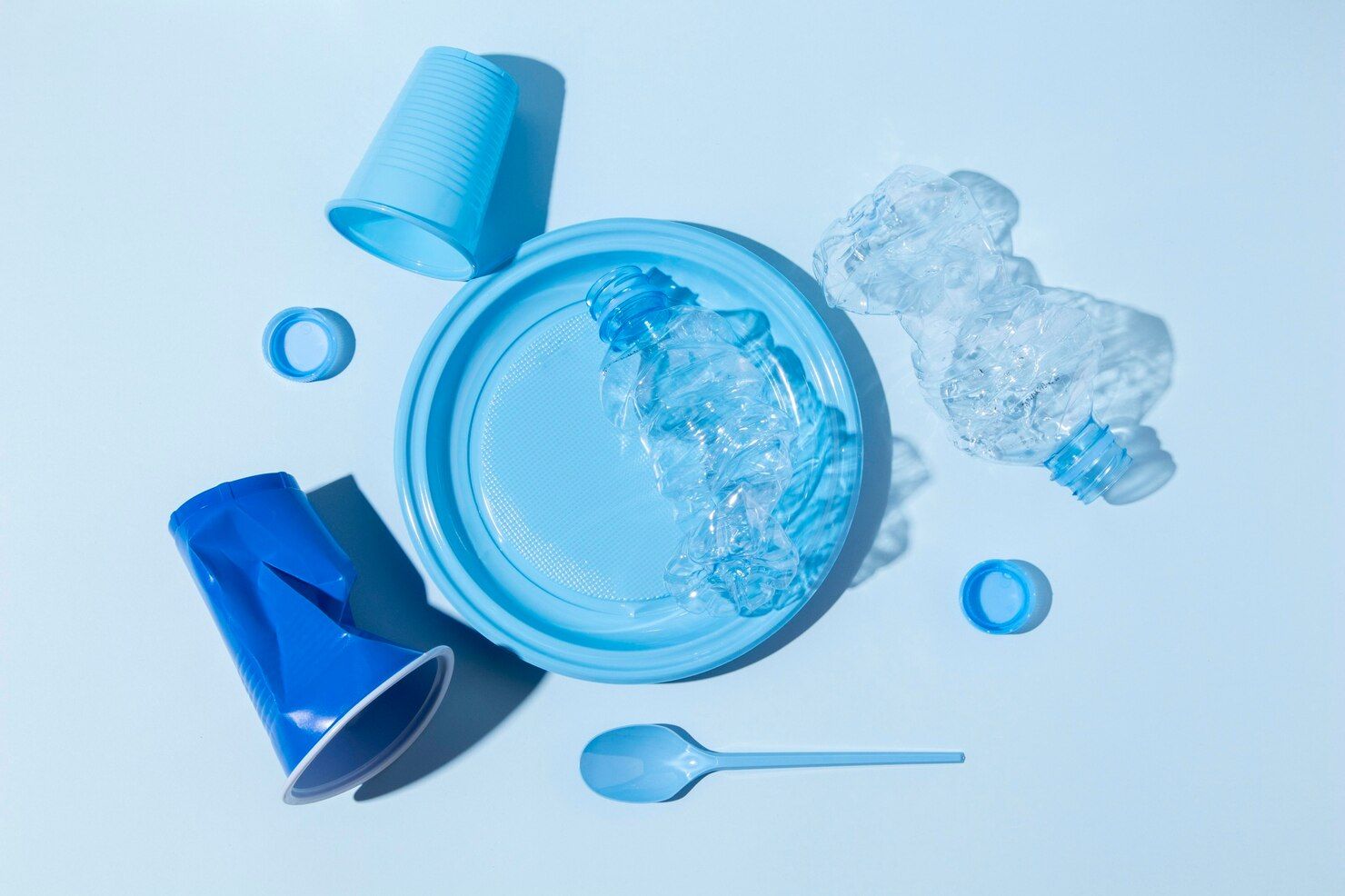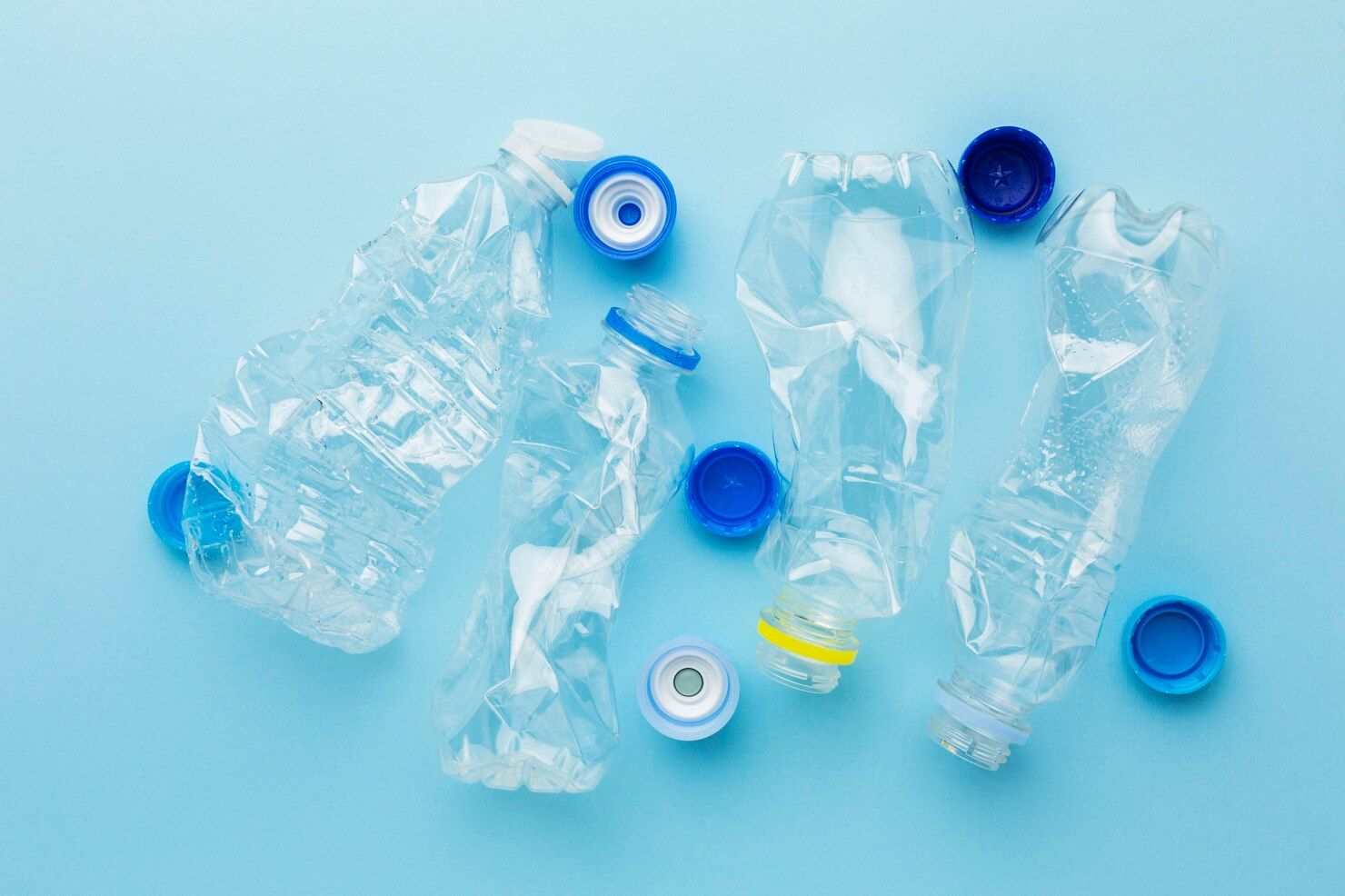
What is the Difference Between PET and PETG?
In this article, we explore the technical disparities between PET (Polyethylene Terephthalate) and PETG (Polyethylene Terephthalate Glycol), both transparent and versatile thermoplastics widely used across industries. The surging demand for PET and PETG, projected to experience substantial global growth, has sparked considerable interest. Join us as we unravel the intricate technical distinctions in this comprehensive analysis.
What is PET?
Polyethylene Terephthalate, commonly known as PET, stands out as a robust and durable plastic widely utilized in packaging applications, particularly for bottles. Recognized for its transparency, chemical resistance, and high strength, PET has become the most prevalent plastic material globally. Besides packaging, PET finds applications in textiles, such as carpet fibers and clothing, owing to its strength, clarity, impact resistance, and chemical resilience. Its almost shatterproof nature extends its usability to various sectors, making PET the most utilized thermoplastic globally, with an annual production of 56 metric tons. The textile industry accounts for approximately 60% of its consumption, while the packaging and bottling industry follows closely at 30%. Notably, PET plastics encompass polyethylene terephthalate PET and polybutylene terephthalate PBT.
What is PETG?
Polyethylene Terephthalate Glycol, or PETG, introduces an intriguing twist to its predecessor, PET. The additional "G" stands for "Glycol," transforming it into a distinct thermoplastic polyester renowned for its high chemical resistance and formability during manufacturing. Unlike PET, PETG tackles issues like cloudiness, fragility, and overheating with the aid of glycol. This copolymer combines the properties of glycol and PET, addressing overheating concerns prevalent in PET manufacturing. PETG, an amorphous PET variation, is versatile, suitable for processes like extrusion, Injection Blow Moulding, and 1-Step Injection Stretch Blow Moulding, as well as popular in 3D printing due to its transparency, lightweight nature, and UV resistance. While PETG exhibits good clarity and chemical resistance, it lacks impact resistance. Its lower melting point and flexibility make it a superior choice for 3D printing, providing accessibility and enhanced results.
What Are the Advantages of PET?
Polyethylene Terephthalate (PET) boasts several advantages that make it a preferred material for packaging. Firstly, it is shatterproof, providing a safe alternative to glass containers and facilitating cost-effective transportation. PET exhibits a strong hygroscopicity at high temperatures, offering flexibility without deformation. Its glass conversion temperature and material range make it suitable for various applications. Common misconceptions about plastic bottles are debunked, emphasizing the recyclability of PET bottles, which are not only energy-efficient but also 100% recyclable. PET's chemical resistance creates a robust barrier against external elements, ensuring the safety of consumable goods. Its flexibility in molding allows for distinctive packaging designs, aiding product visibility on store shelves. Energy savings during manufacturing, reduced water consumption, and a lower carbon footprint contribute to PET's eco-friendly profile. The lightweight nature of PET bottles enhances transport efficiency, significantly reducing CO2 emissions. Furthermore, PET's recyclability supports job creation and contributes to the circular economy. While PET bottles take time to degrade, proper recycling practices and end-consumer awareness are crucial for mitigating environmental impact. The versatile applications of PET, from packaging water to industrial products, highlight its pivotal role in sustainable packaging solutions.
What Are the Key Differences between PET & PETG?
Flexibility:
PETG is more flexible than PET due to the addition of glycol, making it less brittle and softer. PET is rigid and ideal for applications requiring strength, while PETG suits durable and flexible uses.
Transparency:
PET is more transparent than PETG. PET's high transparency is suitable for packaging, while PETG is slightly opaque.
Mechanical Properties:
PET is semi-crystalline and generally more rigid, while PETG is amorphous and more stretchable.
Thermal Properties:
PETG, with its crystalline nature, performs well at higher temperatures, while PET has more thermal resistance.
Prices:
Both PET and PETG are affordable, but PETG offers variant colors compared to PET, which is chosen for its rigidity.
Additional Features of PETG:
Easy production of complex shapes with large stretch ratios.
No pre-drying required before thermoforming.
Brief molding cycle, diminished temperature, and elevated yield.
High film-forming and forming properties.
Conforms to environmental protection and FDA certification.
Additional Features of PET:
Highest heat distortion temperature and long-term use temperature among thermoplastic general engineering plastics.
High heat resistance and resistance to solder bath immersion.
Good mechanical strength, creep resistance, and fatigue resistance.
Economically and conveniently recyclable.
High surface hardness and similar mechanical properties to thermosetting plastics.
What Are the Main Applications of PET & PETG?
PET Plastic Applications:
Polyethylene Terephthalate (PET) finds extensive use in various packaging applications, including:
Plastic Bottles: Widely used for bottling beverages like mineral water and carbonated soft drinks.
Tape Applications: Employed in the manufacturing of tapes, leveraging its rigidity and mechanical properties.
Thermoforming Sheets: Used for creating packaging trays, plastic cups, and blister packaging through thermoforming.
Food Packaging: Recognized for its exceptional water and barrier resistance, making it suitable for food packaging.
Cosmetic Applications: Used in the production of cosmetic bottles, perfume bottles, and various pharmaceutical packaging containers.
Electronics: Applied in various electronic components and packaging due to its physical and chemical properties.
PETG Plastics Applications:
Polyethylene Terephthalate Glycol (PETG) has distinctive applications, with its primary use in:
3D Printing: PETG is widely employed in 3D printing, offering strength, impact resistance, and flexibility. It excels in large prints and outperforms ABS and PLA due to low shrinkage properties.
Medical Applications Packaging: PETG's chemical resistance makes it suitable for medical implants and pharmaceutical packaging.
Beverage Containers: Used in making containers for beverages like soda, drinking water, and cooking oils.
Mall Displays and Stands: PETG's easy coloring makes it ideal for creating vibrant displays and stands in malls, restaurants, and retail locations.
Household Utensils: Applied in the production of various household items such as cups, salad bowls, salt shakers, and pepper shakers.
Machine Protection Covers: Utilized for making protective covers and guards for machines, benefiting from its easy forming properties, hardness, and clarity.
Both PET and PETG serve crucial roles in the packaging industry, catering to diverse needs ranging from everyday items to specialized applications like 3D printing and medical packaging.
Conclusion:
In conclusion, the exploration of Polyethylene Terephthalate (PET) and Polyethylene Terephthalate Glycol (PETG) reveals the fascinating technical distinctions between these thermoplastics. As versatile and transparent materials, PET and PETG play pivotal roles in various industries, responding to unique demands. The key disparities between PET and PETG, from flexibility to transparency, mechanical and thermal properties, make them suitable for specific use cases. While PET excels in rigidity and transparency, PETG's flexibility and adaptability shine, especially in 3D printing and medical packaging. As we delve into these technical nuances, it's evident that both PET and PETG contribute significantly to sustainable packaging solutions, adhering to evolving industry needs. We, at Wankai PET Plastic Supplier , a leading PET Plastic Supplier, acknowledge the critical role these materials play in fostering innovation and sustainability across industries. Our commitment to delivering high-quality PET products aligns with the ever-expanding applications of these thermoplastics. Join us in embracing the future of packaging with PET!


